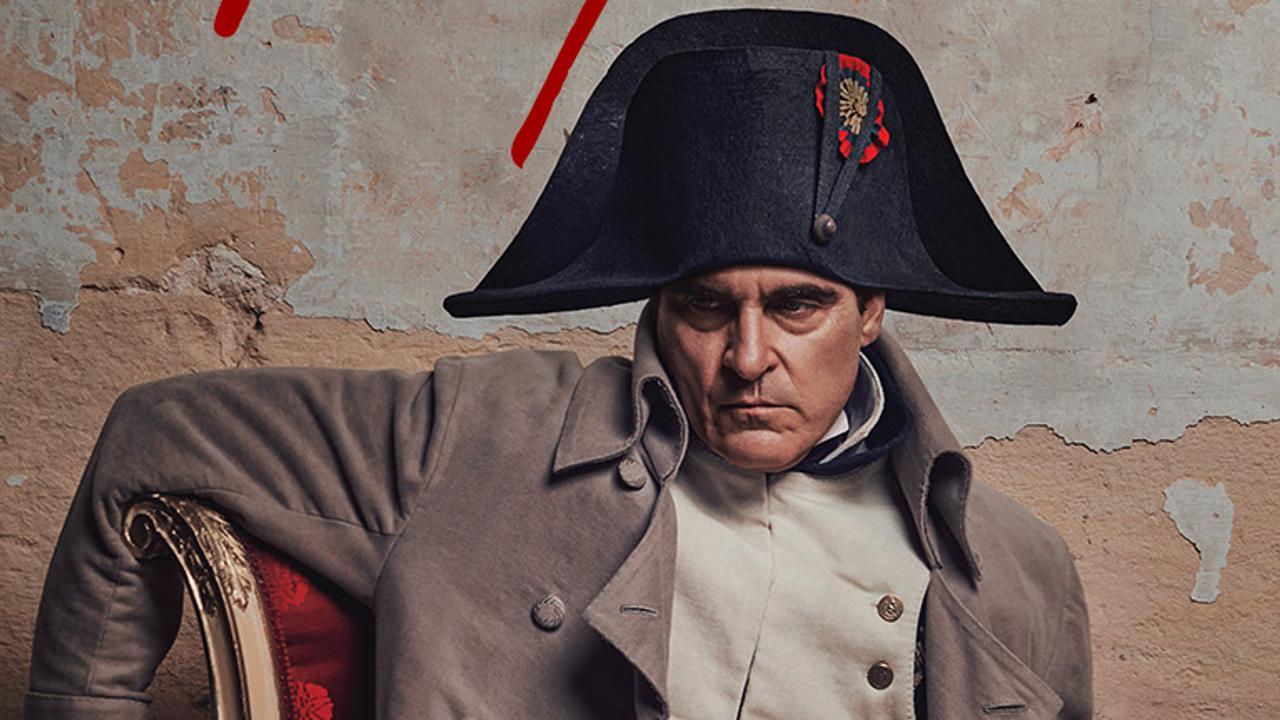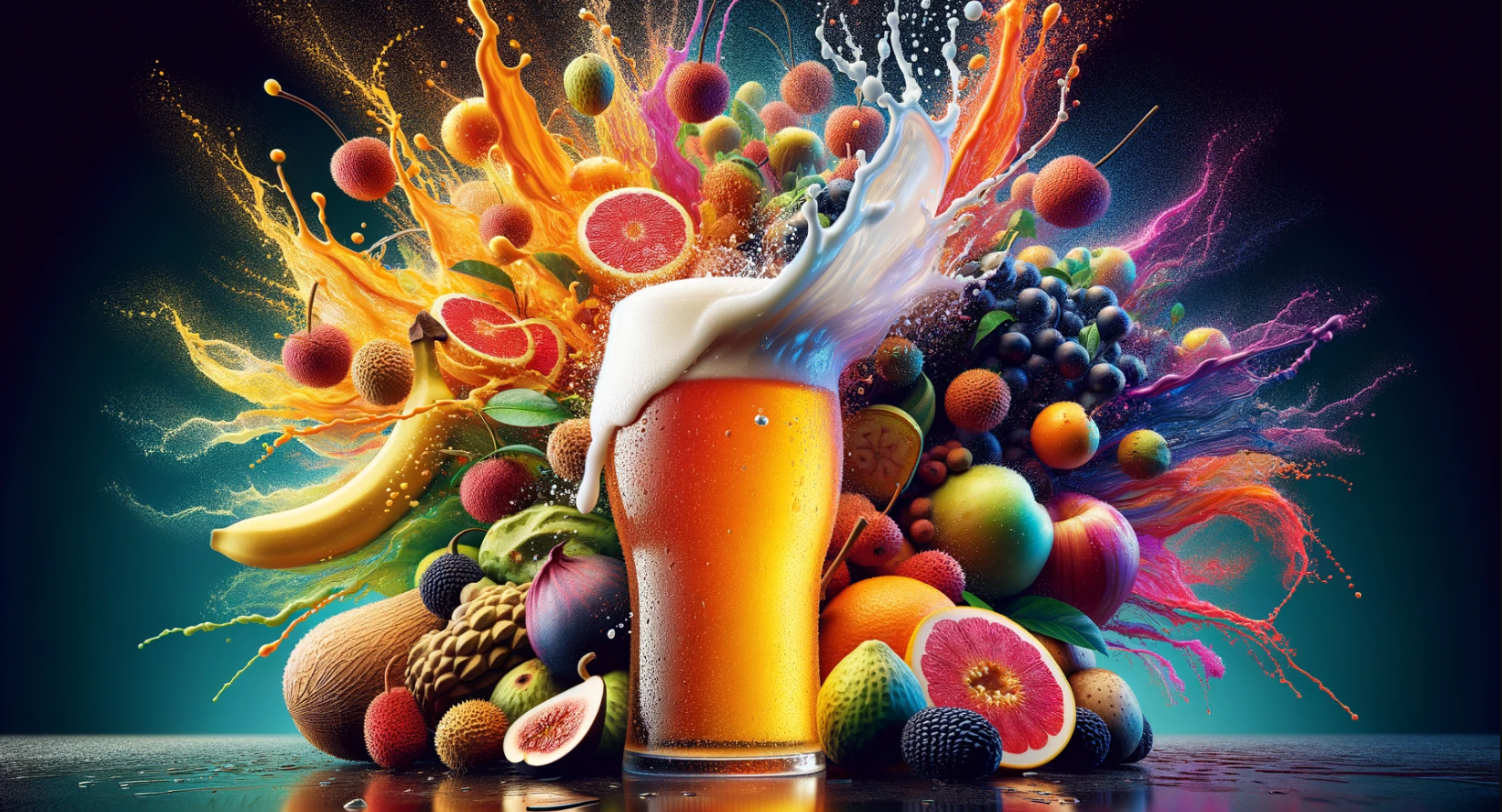Napoleon Bonaparte was known not only for his bold military strategies and revolutionary political reforms but also for his frugal attitude toward food and alcohol. Let’s explore the emperor’s guilty pleasures!
Napoleon, a Frugal Man
Napoleon Bonaparte, often portrayed as an intense and determined man on the battlefield, had an equally serious attitude when it came to food. His frugality was legendary, and he preferred simple and quick meals over lavish banquets. This attitude likely stemmed from his Corsican upbringing, where the simplicity of ingredients was valued.
It’s safe to say that the young Corsican was not a gourmet. Historical accounts suggest that his meals often consisted of straightforward dishes, such as soups, lean meats, and vegetables. In an ideal world, Napoleon would dunk a good piece of meat into a soup and consider himself content. However, his meals rarely lasted more than twenty minutes. With his mind fixed on geopolitical calculations, Napoleon devoured more than he ate. Louis Étienne Saint-Denis, Napoleon’s valet, describes the typical setup of his master’s meals:

The dinner was more elaborate, the table more lavishly set, but he never ate anything except dishes that were very simply prepared, whether it was meat or vegetables. A piece of Parmesan or Roquefort cheese concluded his meals. If there were fruits, they were presented to him, but if he ate them, it was very little. For example, he would only take a quarter of a pear or apple, or a small bunch of grapes.
What he particularly enjoyed were fresh almonds. He liked them so much that he would eat almost the entire plate. He also liked rolled waffles with a bit of cream inside. Two or three candies were all the sweets he ate. After his meals, whether it was breakfast or dinner, he was served a bit of coffee, of which he often left a good portion. Never any liqueurs.
What did Napoleon Drink?
Napoleon’s preferred wine was Chambertin, a Burgundy vintage that still exists today. This wine is typically crafted from the Pinot Noir grape variety. Its taste is often described as complex, rich, and elegant. Now known as Gevrey-Chambertin, this wine has been protected under the AOC (Appellation d’Origine Contrôlée) label since 1936. Wines from this appellation are located in the same municipality as the vineyards of the Côte de Nuits. The Gevrey-Chambertin appellation is named after the amalgamation of the hamlets of Gevrey and Chambertin.
« He typically drank Chambertin, which he diluted heavily with water; rarely or hardly ever did he indulge in fine wines or liqueurs. »
Louis Marchand, Napoleon’s head valet
This is a wine typically aged 5 to 6 years, supplied by the Soupé and Pierrugues House in Paris. Interestingly, Chambertin accompanied him from Paris to Egypt. There was hardly a campaign where the famous Burgundy wine was not faithfully served at the emperor’s table.
Let’s not forget that during that time, 50-centiliter bottles were more common than 75-centiliter ones, making the water-cooled bottle a much more modest drink. Moreover, the Emperor had strict requirements: the water had to come from the Mediterranean and be chilled. In Corsica, it was customary to add ice cubes to the wine.
Even in the field, the Chambellan (wine steward) is kept safe in a carriage, which, as Le Figaro notes, serves as a wine cellar for the cause. His penchant for good wine also had significant logistical consequences. At that time, no sulfites was added to protect the wine from oxidation, so the precious beverage quickly turned sour. But there was no question of going empty-handed so far from home, especially not after a military victory!
Napoleon didn’t exclusively drink Chambertin, but he certainly had a strong preference for Burgundy (and obviously French wines). In Ridley Scott’s recent epic on Napoleon, Chambertin is not directly mentioned, but care is taken to have Napoleon confess his love for Burgundy wine.
Champagne was also part of his top 5, but it was reserved for grand occasions, especially military victories. The emperor was said to confess:
Je ne peux vivre sans champagne, en cas de victoire, je le mérite, en cas de défaite j’en ai besoin.
Lastly, it is reported that the emperor’s second favorite wine was Pouilly Fumé, a white wine from the Loire Valley. However, sources on this matter are less abundant and less reliable.

Château Malmaison: Hub of All Spirits
Josephine de Beauharnais, the emperor’s first wife, is a significant witness to the gastronomic array at the table of her dear Napoleon. In her Malmaison castle, a cellar inventory dating back to 1814 lists no less than 13,000 bottles, giving a good idea of the evenings spent drinking in Napoleon’s inner circle residence. Malmaison was a well-known and appreciated place, not only for intrigues but also, for many, as a hub for innovations in beverages.
On the menu, a true parade of prestigious wines, sparkling champagnes, Rhône Valley wines that would make him jealous, and even Rhine wines sailing to his table. Add to that Muscats from Lunel and Roussillon, a touch of vermouth, and some Italian and island liqueurs, and you have the complete picture of the imperial alcoholic revelry!
The highlight? Rum, a New World novelty, delights the guests, often served in the form of punch. Europeans, savoring the “exotic” taste of this drink, are unaware that it is manufactured on the backs of legions of slaves, who find meager sustenance after long days of labor.
A final wine for the exile on Saint Helena
Napoleon was exiled to the island of Saint Helena after his defeat at Waterloo in 1815. The island is remote, ensuring that no one would think of coming to the aid of the little captain. Adding to the dishonor of military failure and political deposition is the absence of good Chambertin. After all, this rather light wine did not withstand the long journey to the isolated island. The British tried their best, but they eventually gave up: the good Chambertin would inevitably end up as vinegar on the island.
To remedy this small problem, Napoleon drank a Constantia, a muscat from the Cape in South Africa. Napoleon was known to appreciate Grand Constance wine. His wife, on the other hand, was passionate about Bordeaux wines. According to Groot Constantia, the emperor had 30 bottles of Grand Constance shipped to Saint Helena every month until his death in 1821. The estate is considered the oldest in South Africa, producing wine since 1685.

Sources
- Le chambertin de l’empereur Napoléon
- What were we drinking at Napoleon’s table?
- What did Napoleon like to eat and drink?
- Le prof en liberté #34 – Napoléon buvait-il vraiment du chambertin ?
- Quel vin buvait Napoléon?
- Pouilly-Fumé
- Napoléon, l’homme qui aimait le vin
- 200 year old ‘Napoleon wine’ up for auction
- Ridley Scott réalise son premier vin (et prépare la suite)

Pierre-Olivier Bussieres is the author of the podcast Le Temps d’une Bière, producer of Hoppy History and editor-in-chief of Le Temps d’une Bière media. He holds a graduate degree in political science from Carleton University.












Leave a Reply